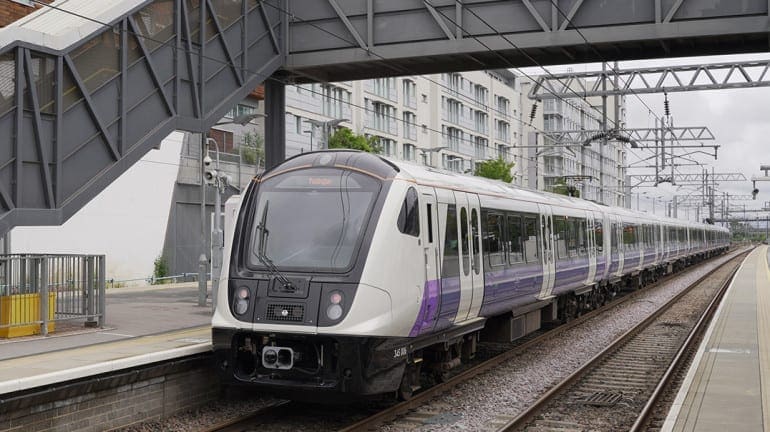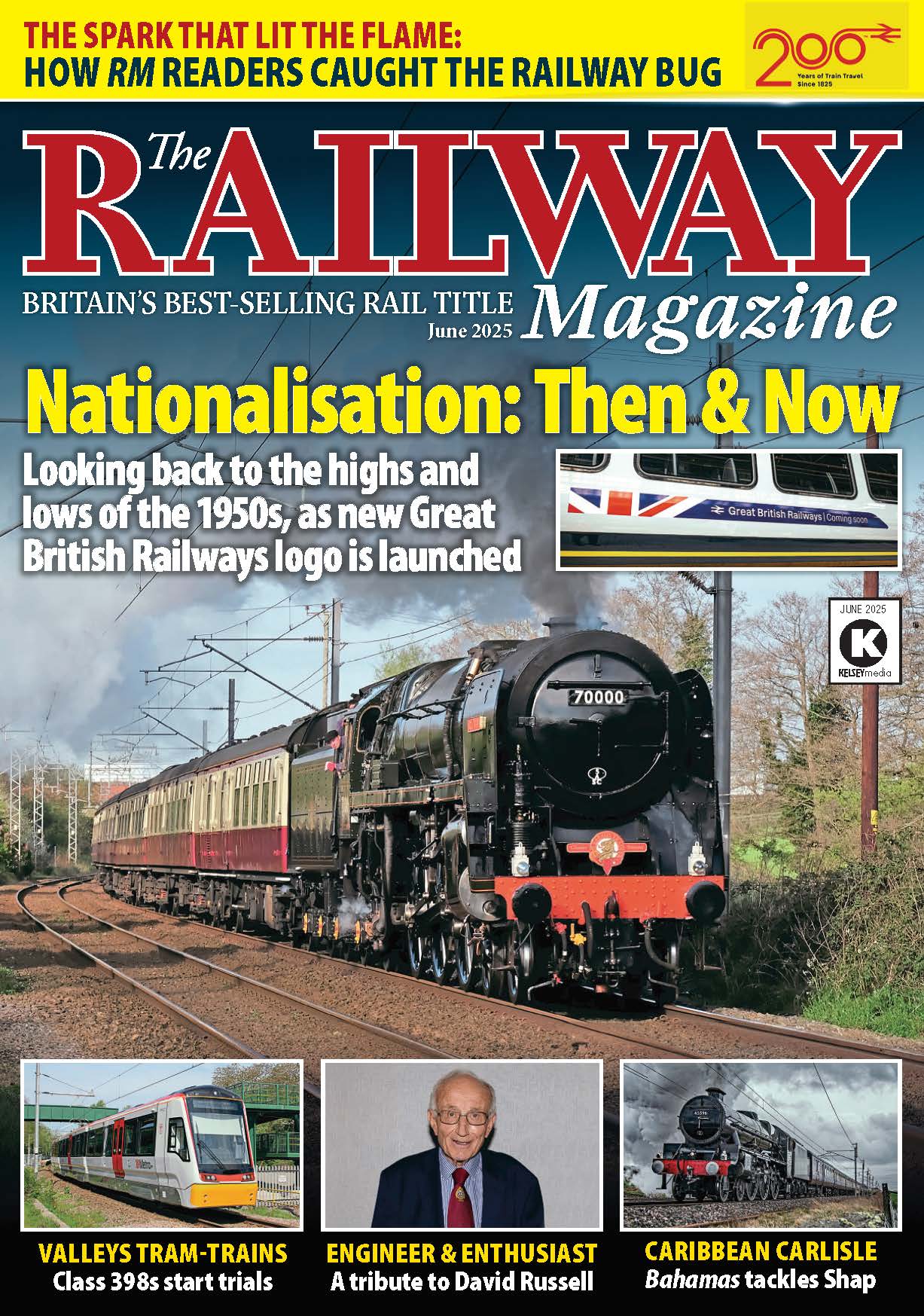
London’s Crossrail project has been delayed until the first half of 2022, and may need £450m extra to complete, its board has said.
The delivery of the Elizabeth Line is now in its complex final stages and being completed at a time of great uncertainty due to the risks and potential impacts of further COVID-19 outbreaks.
The Crossrail board’s latest update expects the central section between Paddington and Abbey Wood will be ready to open “in the first half of 2022”. As work on the railway progresses, this date could be brought forward subject to progress during the intensive operational testing phase.
The new information comes over six months after outgoing commissioner of Transport for London, Mike Brown, expected Crossrail to open in autumn 2021.
The latest cost estimate shows the completion of the Crossrail project could be up to £1.1bn above the financial package agreed in December 2018, £450m more than upper end of the range announced in November 2019.
Crossrail is planning to start intensive operational testing, known as Trial Running, at the earliest opportunity in 2021. From the start of Trial Running it will then take a period of time to fully test the Elizabeth line before it can open for passenger service. This includes a final phase known as Trial Operations involving people being invited onto trains and stations to test real-time service scenarios to ensure the readiness of the railway.
Following the opening of the central section, full services across the Elizabeth line from Reading and Heathrow in the west to Abbey Wood and Shenfield in the east will be introduced. The introduction of full services will be aligned with the National Rail timetable change which occurs twice a year in May and December.
Crossrail and Sponsors are currently reviewing Crossrail’s governance arrangements to make sure the right decisions are taken as the project moves towards completion, and that it successfully transitions to TfL as soon as possible.
What is causing the Crossrail delays?
A programme of this scale and complexity was already challenging, with pressures on the schedule before COVID-19 became a factor; the impact of COVID-19 has made the existing pressures more acute. The schedule delay is due to three main factors:
- Routeway: Crossrail has had lower than planned productivity in the final completion and handover of the shafts and portals. The shafts and portals form a critical part of the routeway and contain many of the complex operating systems for the Elizabeth line. Eight of the ten shafts and portals have now been handed over to TfL with the remaining two due this autumn.
- Stations: as more detailed plans for the completion and handover of the ten central section stations have developed, we have revised our previous schedule assumptions about the pace at which these large and complex stations can be handed over to TfL. The completion and handover of all the stations in the central section is a monumental task – in our updated plan we have phased the transfer of stations to take account the scale of this undertaking.
- COVID-19: The pandemic has further exacerbated the schedule pressures due to a pause of physical activity on sites during lockdown to keep the workforce safe and significant constraints on ongoing work and productivity due to the reduced numbers that can work on site to meet strict social distancing requirements. We now have a maximum of around 2,000 people on our sites, less than 50 per cent of our pre-COVID-19 complement.
Despite the challenges presented by COVID-19, good progress continues to be made with completing the remaining construction works, with much of this work coming to an end along with software testing for the signalling and train systems.
Progress during the last six months includes all central section stations, except Bond Street, now certified as ready to support Trial Running; eight of ten shafts and portals completed and handed over to the operator; handover of the first central section station, Custom House, to TfL; the introduction of the first full-length Class 345 train in passenger service between Paddington and Heathrow and a viable signalling software product available for Trial Running.
To help recover some of the lost time, Crossrail is undertaking a period of intensive construction activity during August and September to complete the remaining construction works in the routeway for Trial Running. The construction blockade is progressing well and achieving targeted levels of productivity.
Following completion of the blockade in September, Crossrail will commence testing of the next evolution of the signalling software, helping to further build operational reliability.
Once software testing completes later this year, Crossrail will then begin an enabling phase for Trial Running with testing in the tunnels undertaken with an increased number of trains. This will provide an opportunity to test how well the railway systems work in operational-like situations and will be undertaken as the extensive safety case to the Office of Rail and Road to commence Trial Running is finalised.
Crossrail chief executive Mark Wild said: “Our focus remains on opening the Elizabeth line as soon as possible. Now more than ever Londoners are relying on the capacity and connectivity that the Elizabeth line will bring, and we are doing everything possible to deliver the railway as safely and quickly as we can.
“We have a comprehensive plan to complete the railway and we are striving to commence intensive operational testing for the Elizabeth line, known as Trial Running, at the earliest opportunity. Delivery of the Elizabeth line is now in its complex final stages and is being completed at a time of great uncertainty due to the risks and potential impacts of further Covid outbreaks.
“We are working tirelessly to complete the remaining infrastructure works so that we can fully test the railway and successfully transition the project as an operational railway to Transport for London.”


